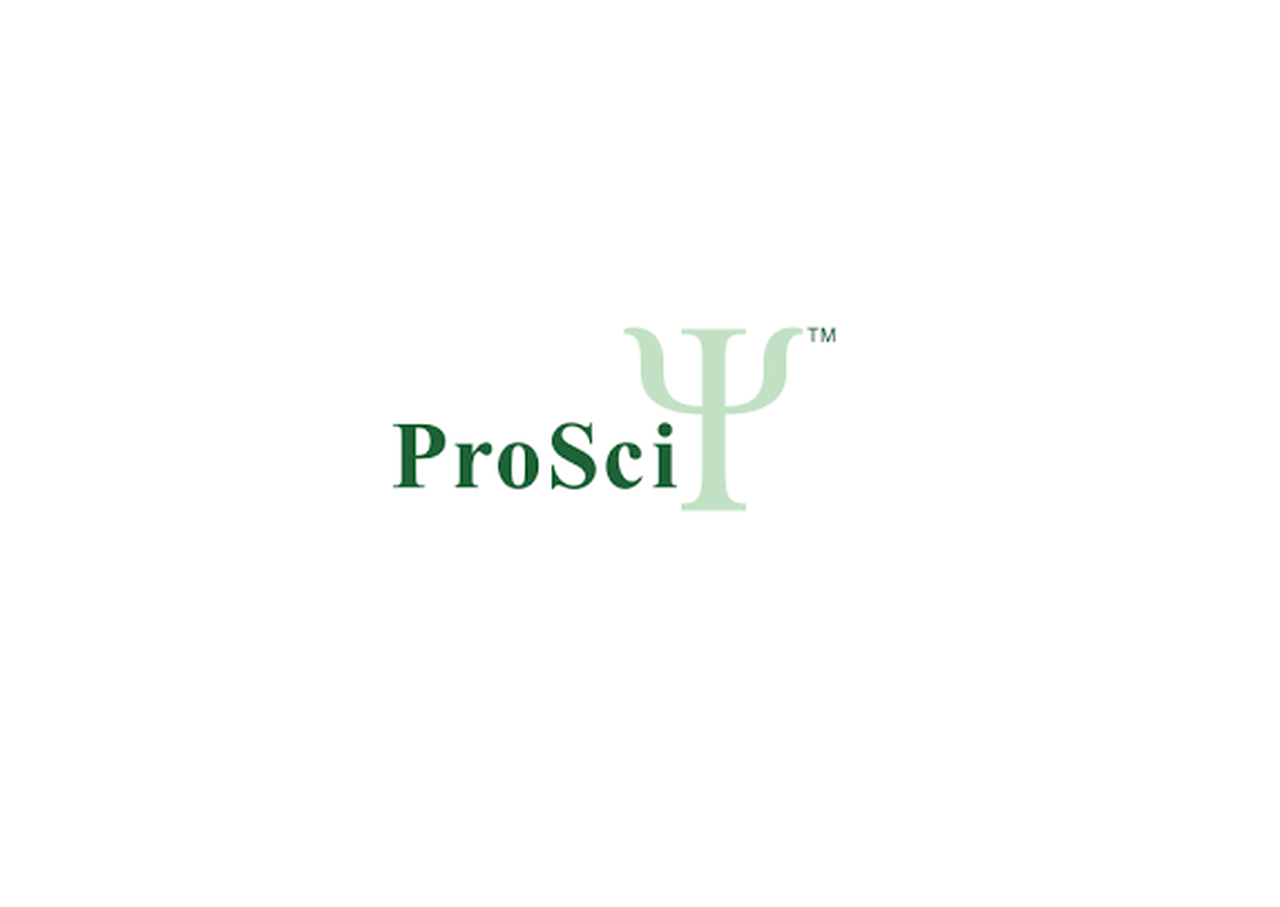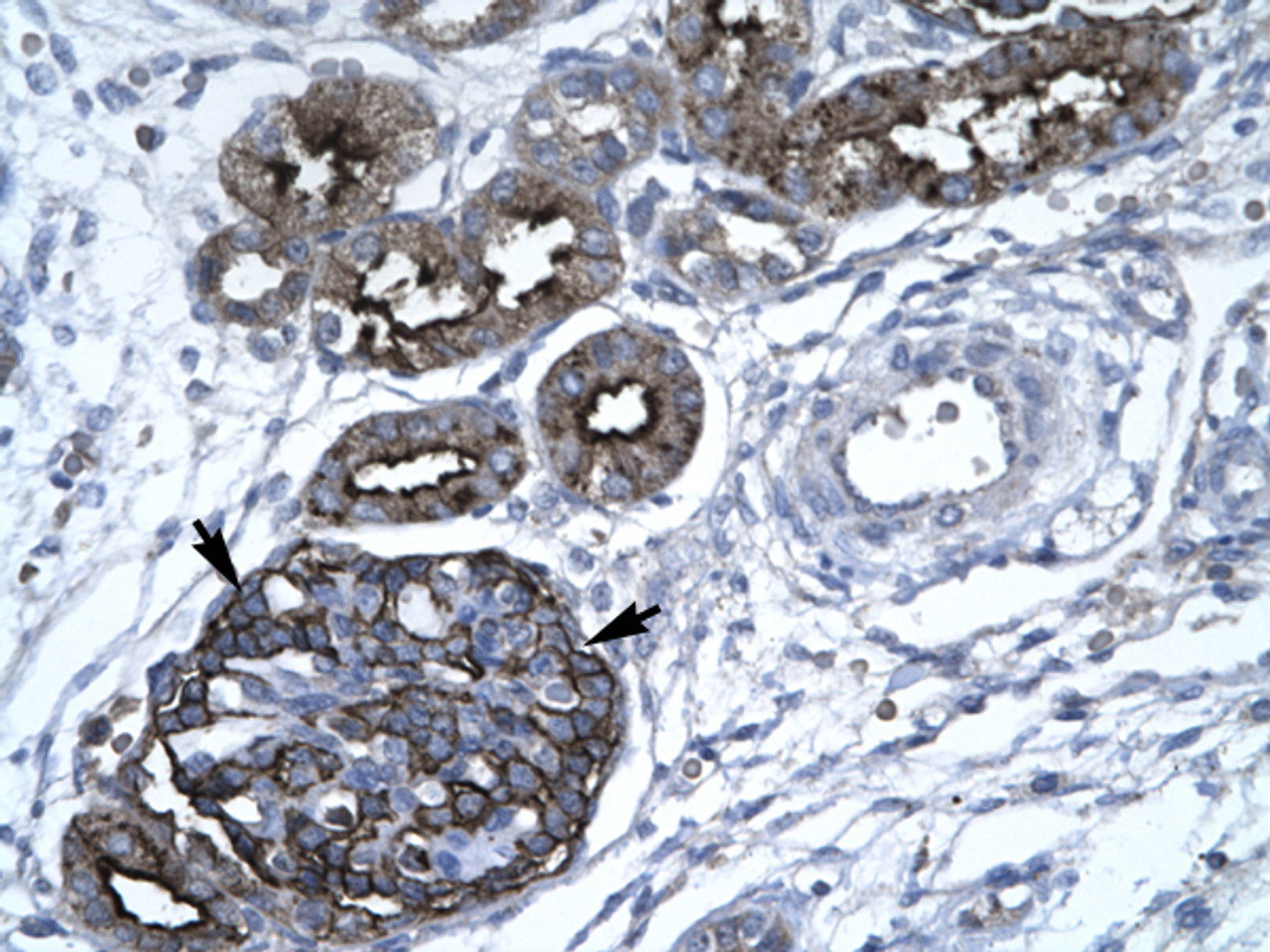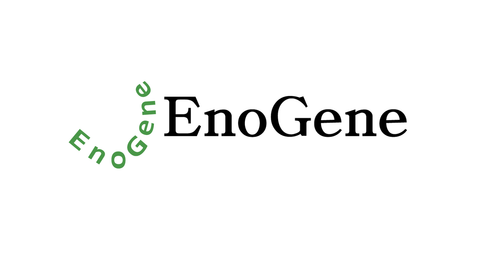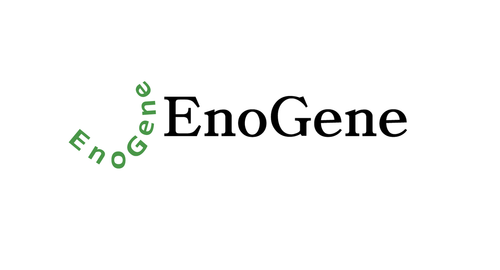Product Description
GABPA Antibody | 31-197 | ProSci
Host: Rabbit
Reactivity: Human, Mouse, Rat, Dog, Zebrafish
Homology: N/A
Immunogen: Antibody produced in rabbits immunized with a synthetic peptide corresponding a region of human GABPA.
Research Area: Transcription
Tested Application: E, WB, IHC
Application: GABPA antibody can be used for detection of GABPA by ELISA at 1:312500. GABPA antibody can be used for detection of GABPA by western blot at 0.5-1.0 μg/mL, and HRP conjugated secondary antibody should be diluted 1:50, 000 - 100, 000.
Specificiy: N/A
Positive Control 1: Cat. No. 1205 - Jurkat Cell Lysate
Positive Control 2: N/A
Positive Control 3: N/A
Positive Control 4: N/A
Positive Control 5: N/A
Positive Control 6: N/A
Molecular Weight: 51 kDa, 97 kDa
Validation: N/A
Isoform: N/A
Purification: Antibody is supplied as total IgG.
Clonality: Polyclonal
Clone: N/A
Isotype: N/A
Conjugate: Unconjugated
Physical State: Liquid
Buffer: Purified antibody supplied in 1x PBS buffer with 0.09% (w/v) sodium azide and 2% sucrose.
Concentration: batch dependent
Storage Condition: For short periods of storage (days) store at 4˚C. For longer periods of storage, store GABPA antibody at -20˚C. As with any antibody avoid repeat freeze-thaw cycles.
Alternate Name: GABPA, NFT2, NRF2, NRF2A, E4TF1A, E4TF1-60, RCH04A07
User Note: Optimal dilutions for each application to be determined by the researcher.
BACKGROUND: GA Binding Protein . chain (GABP-. subunit, GABPA, nuclear respiratory factor-2 subunit . transcription factor E4TF1-60) is one of three GA-binding protein transcription factor subunits which functions as a DNA-binding subunit. Since this subunit shares identity with a subunit encoding the nuclear respiratory factor 2 gene, it is likely involved in activation of cytochrome oxidase expression and nuclear control of mitochondrial function. This subunit also shares identity with a subunit constituting the transcription factor E4TF1, responsible for expression of the adenovirus E4 gene. Because of its chromosomal localization and ability to form heterodimers with other polypeptides, this gene may play a role in the Down Syndrome phenotype.
 Euro
Euro
 USD
USD
 British Pound
British Pound
 NULL
NULL
















